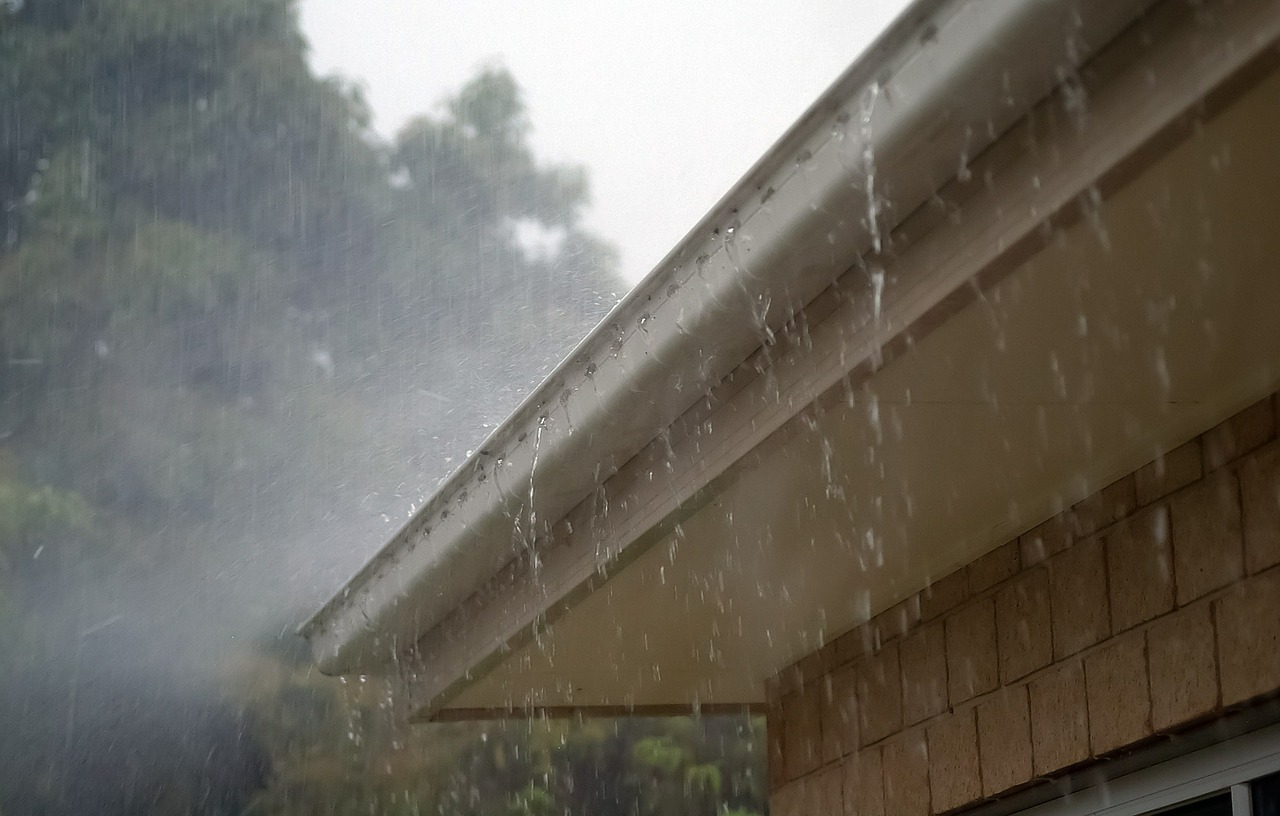Can You Shingle A Roof In The Rain?
Posted by Proven Contracting NJ Comments Off on Can You Shingle A Roof In The Rain? Bridgewater
Can You Shingle A Roof In The Rain?
Roofs are a vital part of the structure of a home. Without a roof, your home’s lifespan and foundation would only last a few weeks or months without proper protection from rain, snow, and strong winds that would only seek to topple down the walls and doors of your property. With that said, your roof is your home’s first line of defense against the different weather elements in nature and it’s best to maintain and ensure that it is constantly in good condition.

However, roofs also have a lifespan. Eventually, you’ll need to replace your roof; we suggest installing a new roof built with stronger roofing materials that are adapted to the weather of Bridgewater NJ.
While most homeowners that are living in the southern parts of the United States have the luxury of being able to repair and replace their roofs under favorable conditions – i.e. when their roofs are dry and it’s sunny. Unfortunately, there are some areas in the United States that don’t have consistently favorable roofing weather. There are many homes that are situated in colder climates with high levels of precipitation and snow.
In some cases, there are homeowners who have to get new roofs or conduct repairs during unfavorable times. If you’ve started the replacement process of your roof and it suddenly started raining, you are probably wondering whether you can continue to shingle the of in the rain.
Effects of Water Damage
The main concern when shingling a roof in the rain is the water. Since unshingled roofs are exposed, a lot of the rainwater tends to affect the roofing structure. In this case, would it be better to leave the roof open until the rain lets down or should the structure be shingled soon. Here are a few things that might happen due to rainwater damage.
Shingles Won’t Fasten Well
Not only does water increase the likelihood of fungal and organic growth on your roof and your roof’s interiors, but it will interfere with the installation process. Shingles and other roofing materials are not designed to be installed under conditions with high humidity.
Many of the inner components of your roof are susceptible to the effects of water damage. If exposed to higher amounts of humidity, these shingles could warp and bulge. Moreover, these shingles could easily slip off since the fastening materials are being applied during colder conditions.
Will Void Your Warranty
While most manufacturers of roofing materials are able to provide service warranties that guarantee the quality of their products, improper installation could potentially void these provisions. Technically, there are a set of advised conditions that provide when roofing or shingle installation should be done to ensure the best output while minimizing damage or installation problems.
If ever your roofing specialist agrees on working on your roof under harsh weather conditions, then this can possibly void your warranty.
Dangerous for Workers
Aside from your shingles not holding well when being fastened under the rain, your shingles and any roofing materials that you have on your roof will get slippery. This is especially more dangerous when sheets of ice form on your roof from flowing water during winter seasons. It’s best to consult your local contractor first before making any final plans and decisions.
Should you Shingle Under the Rain?
Installing roof shingles can actually be done even when it is raining. However, this does not necessarily mean that you should. A roof is there to protect your home from rain, snow, and moisture. If you start working on your roof and tear it off while the weather is not cooperating, then this can inadvertently lead to more problems for your roof and the foundations of your home. The trapped moisture can form mold and mildew on your roof’s interiors. Moreover, the build-up of water and moisture can cause wooden support structures to start rotting away. Metal beams will also start to rust and weaken your home’s foundation.
If ever you do plan on replacing your roofing Bridgewater NJ during a rainy day, it’s best to consult your local contractor first and see if they have the appropriate equipment and plans that could make reroofing possible.
Ultimately, your roof is there to keep moisture and water off from the interiors of your home and your underlay which could compromise the integrity of your roof. It is counter-intuitive to be reroofing under the rain since it defeats the purpose of your roof. It’s highly recommended that homeowners should repair and replace their roof during a sunny day and when their roof is dry.
Related Articles
Do you have any questions?
You can give us a ring or reach us via our contact form by clicking here.
Contact Us



